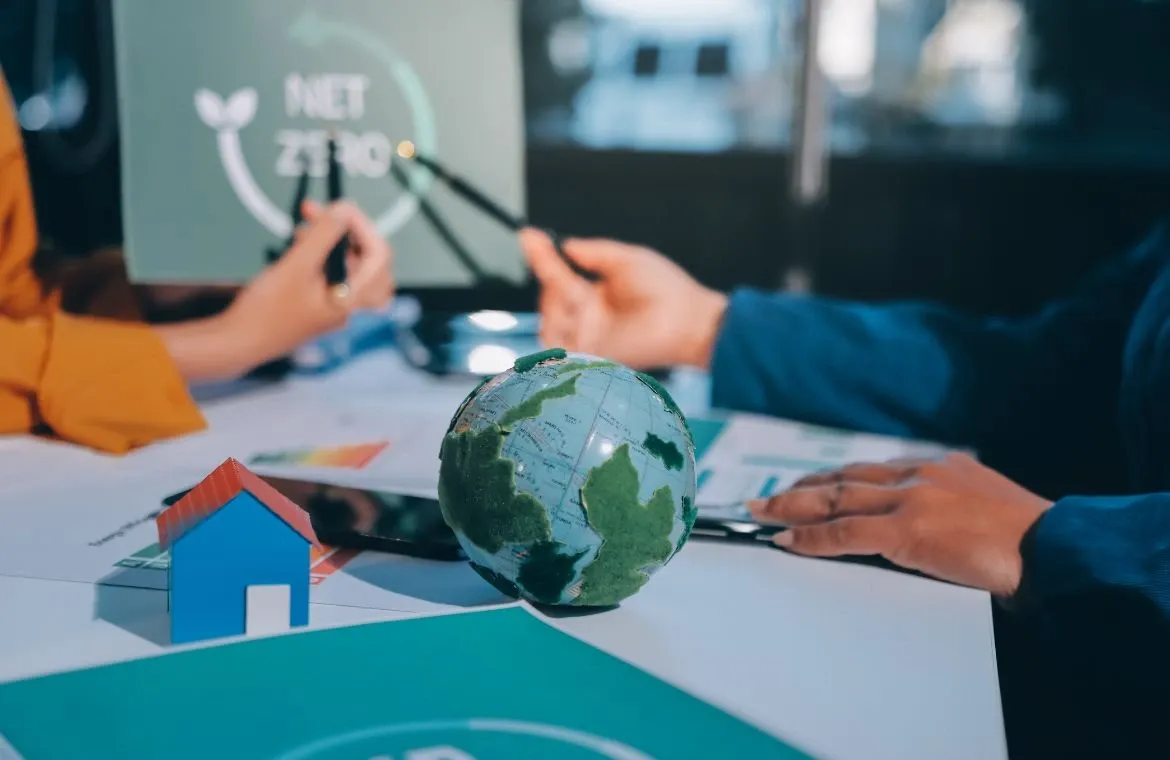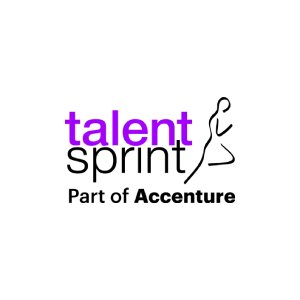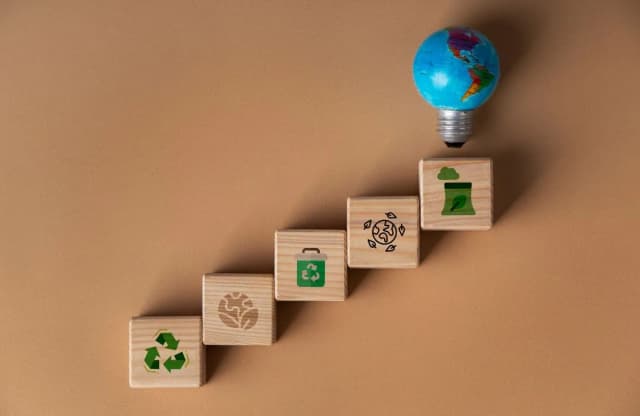Understanding the Triple Bottom Line: People, Planet, Profit

In a world that’s waking up to the cost of unchecked growth, the Triple Bottom Line is not just corporate lingo, it’s a mindset. Instead of asking, “How much did we earn?”, businesses are now asking, “At what cost to people and the planet?” The Triple Bottom Line, People, Planet, Profit, reframes success beyond spreadsheets and quarterly reports. It’s where purpose meets profit, and responsibility becomes a business asset.
What is the Triple Bottom Line?
The Triple Bottom Line (TBL) is a business framework that extends beyond traditional measures of success, such as profits and revenue. Instead, it asks companies to focus on three key pillars: People, Planet, and Profit.
The triple bottom line concept has grown from a thought-provoking idea into a detailed business framework. Management professionals who want to lead sustainable change should understand its roots, importance, and practical applications.
Why does it matter in today's business world?
The Triple Bottom Line framework has gained popularity because it aligns with changing consumer priorities and new regulations. Laws regarding environmental and social impacts are advancing globally, as seen in the Corporate Sustainability Reporting Directive (CSRD). This changing landscape makes TBL principles crucial for business success.
On top of that, 'business as usual' means something different now. Meeting basic standards is no longer enough for consumers, employees, and other stakeholders. Organisations that use TBL principles end up achieving:
- Better resilience and cost savings.
- Lower organisational risk (like supply chain and public relations issues).
- Fewer surprise costs.
- Better results for everyone involved.
Triple Bottom Line meaning in sustainability
TBL in sustainability goes beyond regular business success metrics. It looks at how organisations contribute to social well-being, environmental health, and a fair economy. The three 'P's aren't separate - they're all connected through systems theory.
Breaking Down the 3 Ps: People, Planet, Profit
The three interconnected pillars, which are People, Planet, and Profit , are the foundations of triple bottom line sustainability. Each aspect requires its approach, but they work together to build real, sustainable value. Management professionals who want to drive real change must understand how these elements work individually and in combination.
Also Read: The Three Pillars of Sustainable Development
People: Social responsibility and equity
The 'People' pillar aims to create fair business practices that benefit everyone involved. This approach extends beyond shareholders to encompass employees, customers, supply chain partners, and the broader community. Social equity makes sure society distributes resources, opportunities, and benefits fairly.
Organisations committed to social responsibility usually put these practices in place:
- Policies that encourage diverse and fair workplaces
- Fair labour practices with competitive wages and safe working conditions
- Programmes that help develop local communities
- Supply chain ethics that protect vulnerable populations
Business leaders should focus on building stronger social safety nets to cut down inequalities. This helps spread the benefits of economic growth more evenly. This aspect also matches several UN Sustainable Development Goals, including Good Health and Well-being (SDG 3), Gender Equality (SDG 5), and Reduced Inequalities (SDG 10).
Planet: Environmental sustainability goals
Environmental sustainability stands at the core of the TBL model. Businesses must take active steps to reduce their ecological footprint. This pillar demonstrates that sustainable development can't occur without protecting ecosystems, reducing pollution, and combating climate change.
Smart organisations tackle environmental issues through:
- Renewable energy use and carbon reduction plans
- Less waste and better resource management
- Circular economy principles that make products last longer
- Environmentally responsible supply chain practices
Companies responded to growing customer demand for eco-friendly products. This trend indicates that businesses must incorporate sustainability goals into their economic planning.
Profit: Ethical and inclusive economic impact
The profit aspect means more than just traditional accounting. It looks at real economic benefits for society. Unlike traditional approaches that only focused on shareholder returns, triple bottom line thinking considers broader economic impacts.
Sustainable financial practices should include:
- Business models that think about long-term social effects
- Investments that create multiple types of value
- Fair wages and pricing strategies
- Responsible tax practices and clear financial reporting
Leaders who care about purpose find they can make positive changes while keeping their businesses profitable. Companies that adopt sustainable strategies often attract more investor interest, retain employees longer, and generate higher profits over time.
A good balance of these three pillars needs connected thinking and understanding of systems. Making one area stronger often helps the others, too. This demonstrates that sustainability and success are complementary goals for today's forward-thinking executives.
How to Measure Triple Bottom Line Performance?
The triple bottom line needs specific methods to measure each of its parts. Financial metrics follow standard practices. Social and environmental effects don't have universal measuring systems yet. Nevertheless, companies can utilize structured frameworks to assess their performance in these three areas.
Quantifying social impact (People)
Social impact remains one of the most challenging aspects of the triple bottom line to measure because it's subjective. Right now, no single established standard exists to review the social aspect. Some critics refer to this reporting as "a public relations exercise with limited accountability, consistency, or comparability."
Companies can tackle this challenge by tracking specific indicators such as:
- Employee wellbeing metrics (retention rates, satisfaction scores, benefit package costs)
- Community engagement measurements (charitable contributions, local hiring percentages)
- Stakeholder relationship assessments (supplier diversity, customer satisfaction)
Progressive companies now create comprehensive frameworks that examine four key elements: individual well-being, community well-being, employment experiences, and organisational impact. This method provides fact-based measurements instead of vague promises.
Tracking environmental metrics (Planet)
Standard indicators help measure environmental performance through ecological footprints. The Global Reporting Initiative (GRI) recommends several widely accepted metrics. These metrics focus on:
- Energy consumption (direct and indirect)
- Material recycling percentages
- Water usage from local sources
- Emissions (NOx, SOx, and greenhouse gases)
Companies that follow a triple bottom line sustainability approach often utilize automation tools. These tools enable them to view environmental data, set targets, and review their value chain more easily.
Evaluating financial responsibility (Profit)
The economic side of TBL extends beyond traditional profit reports to measure broader economic impacts. Companies should look at:
- Gross margin by geographical region to demonstrate equitable pricing
- Historical tax payments showing effective rates
- Financial responsibility indicators, such as late payment history.
Using ESG and CSR frameworks
ESG frameworks have become essential tools for standardising triple bottom line measurement since their introduction by the United Nations in 2005 through the Freshfields Report. These frameworks help investors find companies that prioritise sustainability and ethical standards.
The GRI stands out as the most accepted international initiative for organisational sustainability. The framework has its limits, it shows a corporate rather than operational point of view, and smaller organisations find it hard to implement.
Companies need to mix different approaches to measure effectively. They could put all dimensions in monetary terms, create custom indices, or keep separate metrics for each pillar. Success comes from selecting consistent, comparable, and meaningful indicators that align with your organisation's sustainability goals.
Benefits and Challenges of TBL for Organisations
Triple bottom line sustainability creates a strategic paradox for organisations. It offers high rewards but needs major investments. Management professionals who lead sustainable transformation must understand this balance to implement it well.
Advantages: Brand trust, retention, long-term gains
TBL practices lead to several benefits:
- Higher employee satisfaction and retention.
- Better risk management through supply chain resilience and less environmental litigation risk.
- Lower operational costs through waste reduction and energy efficiency.
Companies that use the triple bottom line sustainability attract sustainability-focused investors. They also get better financing opportunities. Organisations with strong ESG performance tend to outperform their competitors financially over time.
Challenges: Cost, complexity, and trade-offs
Organisations face major obstacles when adopting TBL frameworks. The original investment costs can stop many smaller businesses with limited resources. These investments pay off over time, but short-term financial pressure often blocks implementation.
Measuring social and environmental effects is another big challenge. Financial performance is measured using standard accounting methods, but the evaluation of these dimensions lacks common metrics. This makes decision-making, reporting, and communication with stakeholders harder.
Balancing the three pillars effectively
Organisations can handle resource limits better by using a step-by-step implementation strategy. Starting with high-impact projects and then expanding works well for management professionals who deal with complexity.
Understanding the triple bottom line in practice reveals that success hinges on viewing the pillars as interconnected, rather than prioritizing one over the others.
Real-World Examples of the Triple Bottom Line
Leading brands demonstrate how triple bottom line sustainability generates clear business benefits and fosters positive social and environmental change.
Tata Group
- People: Runs hospitals, schools, and rural development programs through Tata Trusts.
- Planet: Uses renewable energy in Tata Power and works towards sustainability in Tata Steel.
- Profit: Strong financial performance with a legacy of responsible business.
Infosys
- People: Offers free education platforms like Infosys Springboard for students.
- Planet: Became carbon neutral by using green buildings and renewable energy.
- Profit: One of India’s top IT companies with global recognition.
ITC Limited
- People: Works directly with millions of farmers through its e-Choupal initiative.
- Planet: Uses water harvesting, waste recycling, and eco-friendly packaging.
- Profit: Profitable across sectors like FMCG, hospitality, and agri-business.
Fab India
- People: Supports over 50,000 rural artisans and weavers.
- Planet: Promotes natural fabrics, dyes, and eco-friendly production.
- Profit: A popular retail brand known for ethical fashion.
Conclusion
The triple bottom line framework has changed how progressive organisations measure success beyond financial statements. This piece shows how People, Planet, and Profit work together as connected dimensions rather than competing priorities. This integrated approach establishes a solid foundation for eco-friendly business practices that benefit all parties involved.
The implementation of the triple bottom line presents its own challenges. Measurement complexities and original investment costs can be daunting. Yet the long-term benefits substantially exceed these hurdles. Organisations that adopt this framework experience increased brand trust, improved employee retention, and enhanced operational resilience. Purpose-driven consumers now comprise the largest market segment. This makes sustainability both an ethical choice and a business necessity.
Management professionals play a vital role in driving sustainable transformation. The business world is continually moving toward greater accountability for its social and environmental impacts. Sustainability courses help you become skilled at triple bottom line principles gives you the tools to future-proof your career and hence you can create meaningful change in your organisation.
Because, True sustainability needs patience, systems thinking, and stakeholder participation.
Frequently Asked Questions
Q1. What do you understand by the term triple bottom line?
The triple bottom line refers to a business framework that evaluates performance based on three pillars: people (social), planet (environmental), and profit (economic), promoting sustainable and ethical long-term growth.
Q2. What are the principles of TBL?
- People: Focuses on social equity, fair labor practices, and community wellbeing.
- Planet: Emphasizes environmental responsibility, sustainable resource use, and reducing ecological harm.
- Profit: Encourages ethical profitability, long-term value creation, and economic viability.
Q3. What is an Example of Triple Bottom Line?
Tata Group exemplifies TBL in India by empowering communities through Tata Trusts, investing in green energy via Tata Power, and sustaining profitability while prioritizing people, planet, and long-term value creation.

TalentSprint
TalentSprint is a leading deep-tech education company. It partners with esteemed academic institutions and global corporations to offer advanced learning programs in deep-tech, management, and emerging technologies. Known for its high-impact programs co-created with think tanks and experts, TalentSprint blends academic expertise with practical industry experience.



